When one becomes a certified yoga teacher it is a great move. The first thing is that you need to choose the best 200-hour Yoga Course. The decision is quite significant as this will influence how you practise, teach, and grow in yoga.
Nowadays there are numerous yoga schools all over the world. Hence, it appears so difficult to choose the appropriate school. All the schools are supposed to be an incredible experience. But not all of them will be the same as what you are actually seeking. Selecting a YTT course is not a mere process of obtaining a certificate. It is the place where you are supported, the teachers motivate you, and the course fulfills your aspirations.
The Importance of Selecting the right school
Yoga has been gaining popularity all over the world. A 2024 study by Yoga Alliance USA reports that more than 41 million Americans practice yoga at least once a week. As the practice of yoga gains popularity in all parts of the world, the demand for certified and professional yoga teachers is also rising at an alarming rate.
In case you want your career in yoga to be rewarding, it is imperative that you form a strong base. It not only lies in simply registering into a certificate upon completing your education with a yoga school, but also finding an institution that helps you grow, provides you with a well-founded teaching model, and prepares you with a successful career.
Related Post:- 300 Hour Yoga Teacher Training in Rishikesh
What to Expect in a 200-hour Yoga Teacher Training Program?
Yoga is a great and healthy practice when practiced in a safe manner. And yet, there is no big secret behind the fact that yoga injuries are on the increase in recent years.
You can expect practising asanas and Pranayamas in a healthy environment. It will purify your body and mind at the same time. Besides, your mentors will motivate you and guide you towards a positive and successful career.
1. In-depth yoga anatomy and physiology
A basic training in anatomy is a main requirement of a yoga TTC. Learning more about the body will increase your awareness. You will experience more poses and know how breathing influences your physiology. You should understand the difference between yoga and anatomy. Yoga has some archaic teachings and signs that have become ingrained in culture. Ensure that you identify the yoga anatomy hours of your 200-hour program. Know your yoga instructors and don't hesitate to share your queries.
2. A knowledg filled yoga course
A yoga philosophy course will comprehensively present the components of yoga that cannot be introduced in a standard yoga lesson. You will plunge into the Yoga Sutra by Patanjali, unloading significant verses and the eight limbs. You will realize the way in which the practice of asana has changed. Most importantly, you will acquire an experiential knowledge of how to incorporate the teachings in your own lives. Search for a yoga teacher training in which basic texts such as The Bhagavad Gita, Upanishads, Hatha Yoga Pradipika, and Yoga Sutra of Patanjali and others are studied.
3. A smart, proficient strategy toward practical changes
The majority of teachers in the contemporary world have reconsidered the way they administer safe manual changes to the students. During the 200 hours yoga TTC, you will learn different strategies towards the practical changes in life.
4. Practice teaching within the curriculum
Although you may not know whether you should teach or not, it is quite handy to learn how to teach a group. The practice teaching does not necessarily need to be flawless. When in the right environment it can make you confront your fears. With time, you will know how to accept nice, supportive remarks. Your mentor will attempt to create a secure environment in which all feel comfortable and encouraged as they are taught to teach.
5. A teacher who will help you acquire life skills
Having 200 hours of training will transform you. Surely, it will be tough. Finally, once you do that, you must feel as you have learned about yourself and have the means to live a balanced life. The yoga teacher training will also provide you with the means to observe the habits. It will also impart life skills on how to turn up and how to handle situations healthier.
Final Thoughts
A decision to undertake yoga training is a major one, which could impact work and practice. After some planning and these tips, you will be able to consider numerous different options and choose a program that will meet your values and objectives. Keep in mind that it is not only about getting a certificate but also a new perspective on yoga and enhancing your skills and finding people who share your interests. Be confident in yourself when you do this. The entire experience can transform you. Prepare to be surprised by it, as it might be one of the most fulfilling trips you will make in your life.









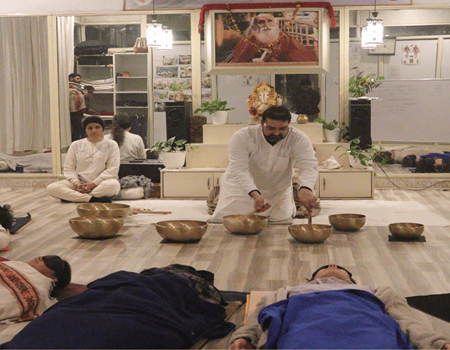

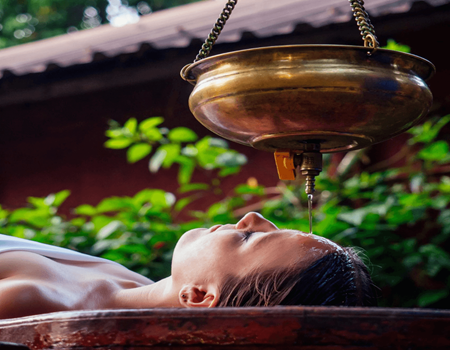
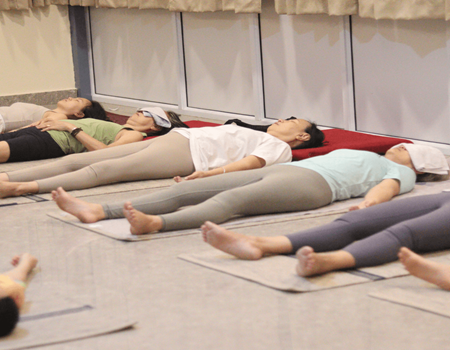
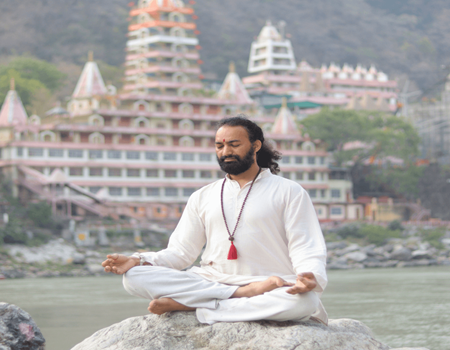
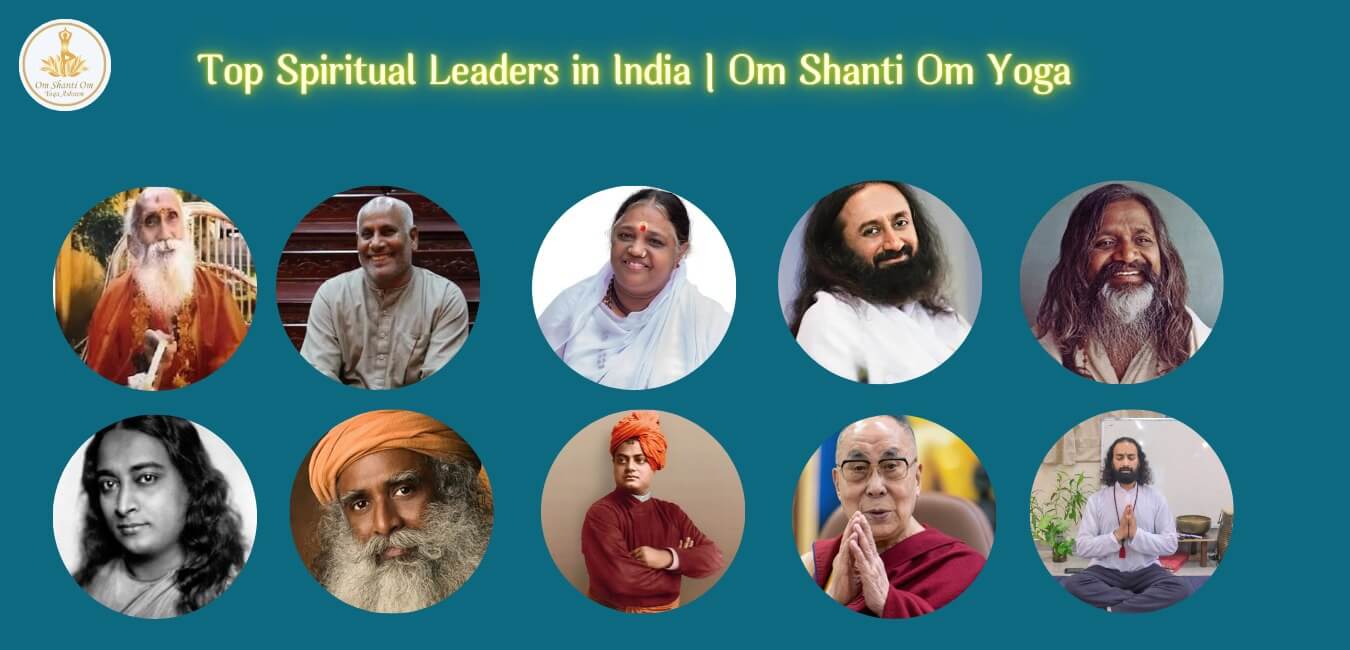
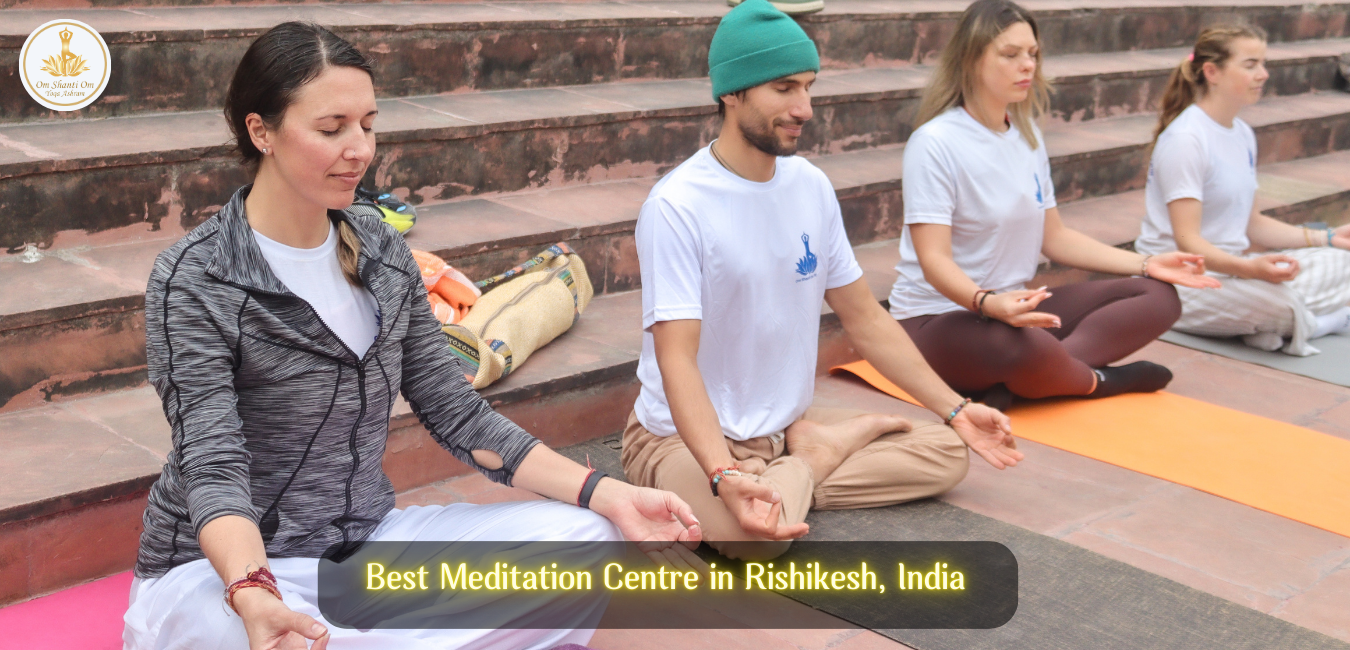

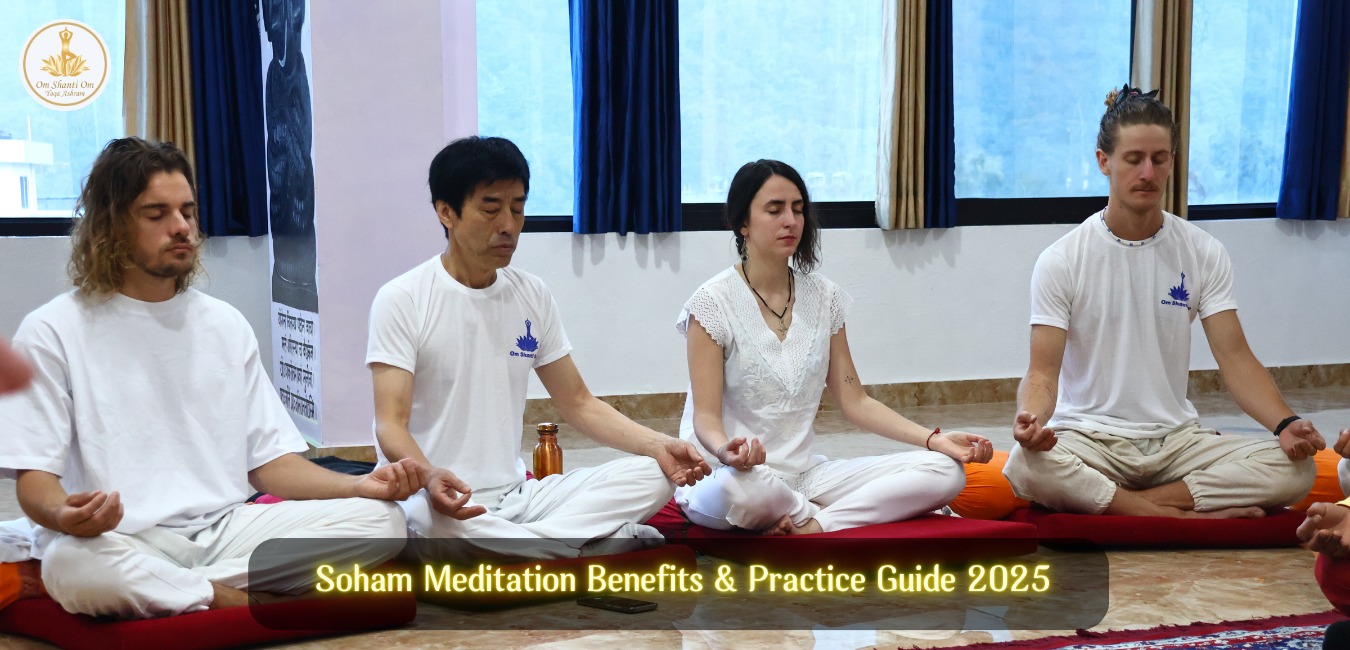

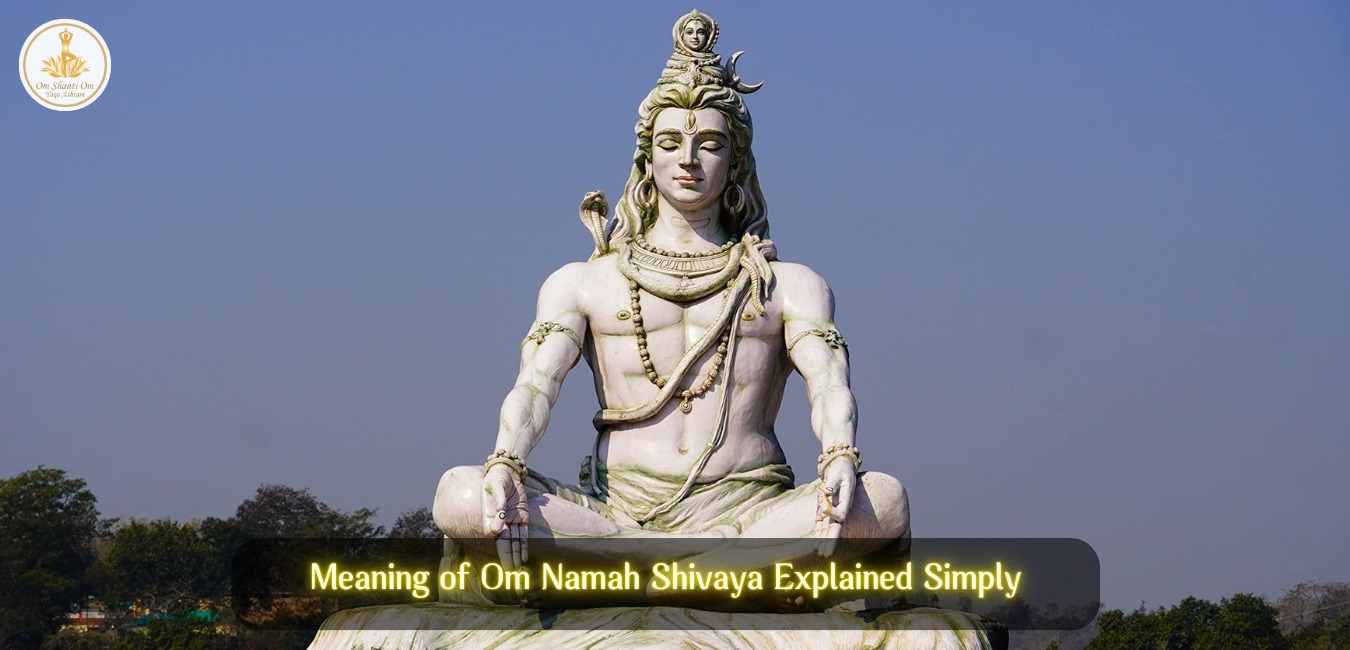
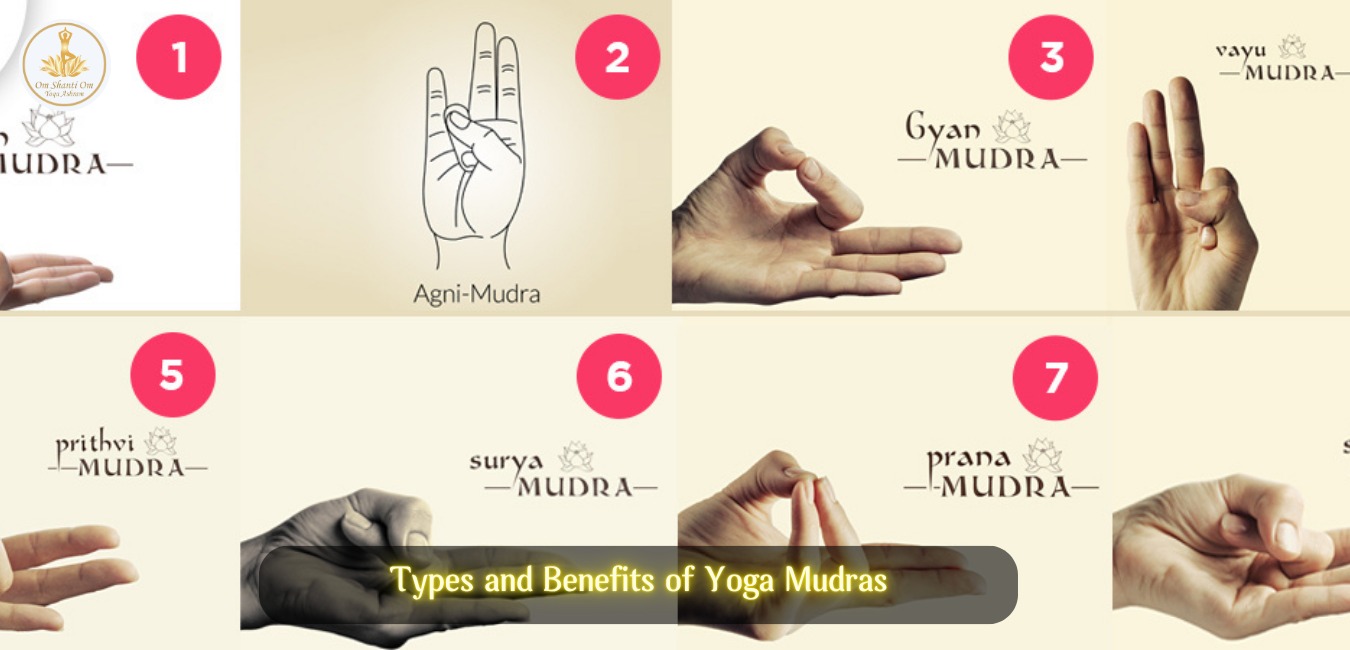
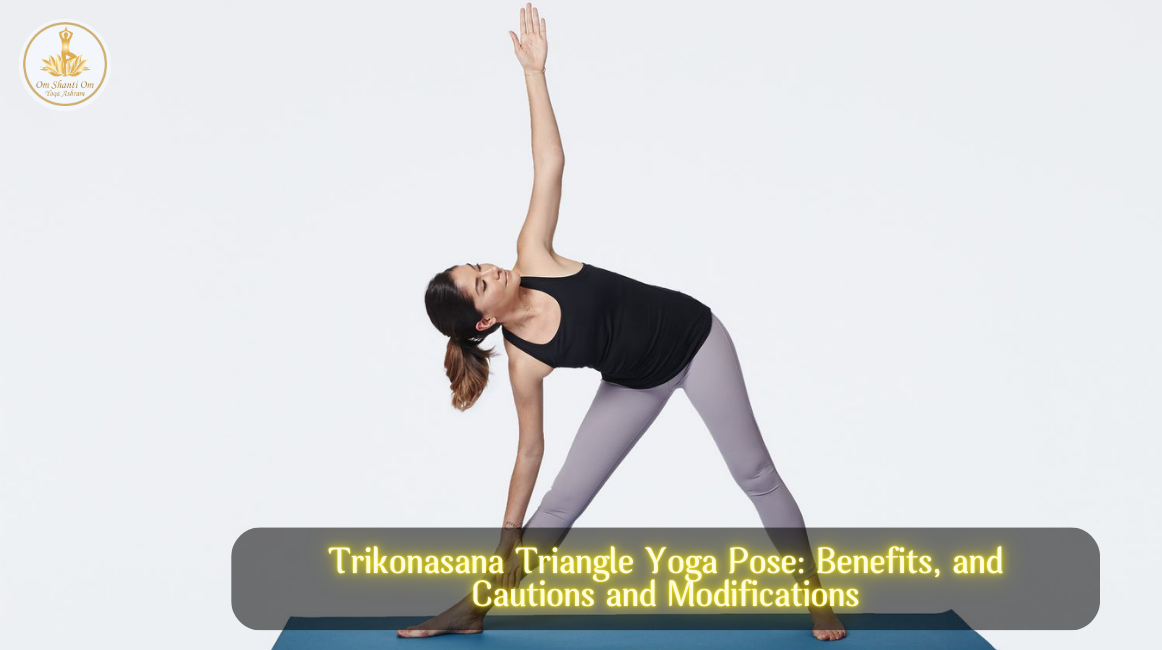


0 Comments
No comments yet. Be the first to comment!